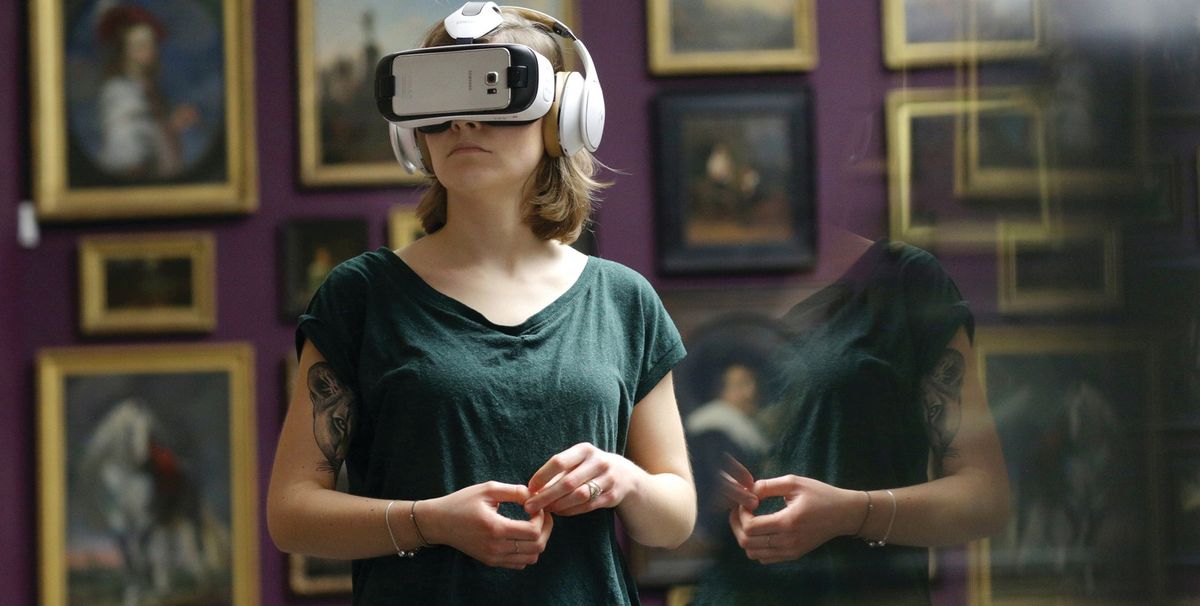Want to explore Zaha Hadid’s unbuilt architecture or visit the world’s first photography exhibition? With virtual reality (VR), you can—sort of. Museums are increasingly using the tool to offer visitors new experiences. But curators remain cautious about investing too much in a still-rapidly-evolving medium.
“These kinds of skill sets are not that prevalent in the art world yet,” says Ben Vickers, the curator of digital at London’s Serpentine Galleries. He worked with Google Arts & Culture and the in-house VR team at Zaha Hadid Architects to plunge visitors into four of the late architect’s futuristic cityscape paintings earlier this year.
VR also poses practical challenges. “Too often, you have awkward experiences…because the physical details of how you put the headset on and where you sit are not thought through,” Vickers says. Another challenge: cost. Google produces inexpensive cardboard VR viewers, but top-of-the-line versions can cost more than $1,000.
The Städel Museum in Frankfurt received a five-figure sum from Samsung to produce a VR app that offered 3D reconstructions of the collection as it appeared in the 19th century. The project proves that VR can be a compelling scholarly tool, says the museum’s deputy director Jochen Sander.
Meanwhile, some institutions are pursuing the medium to follow artists’ lead. This year’s Whitney Biennial in New York (until 11 June) includes a disturbing VR work by Jordan Wolfson called Real Violence (2017), which prompts visitors to witness him beating an older man in an alley.
The New Museum in New York and its affiliate Rhizome began commissioning VR works in 2014 “because many digital artists were gravitating towards it”, says Lauren Cornell, the museum’s curator and associate director of technology initiatives. Six animated works by artists including Jon Rafman and Rachel Rossin were released as an app in January, billed as the first-of-its-kind exhibition in mobile virtual reality.
“VR has extraordinary creative possibilities,” says Jonathan Reekie, the director of Somerset House. The London venue is preparing to welcome Thresholds, a virtual recreation of the world’s first photography exhibition conceived by the artist Mat Collishaw, at the Photo London fair in May (17 May-11 June).
Despite its broad appeal, a “strong artistic imperative” is needed to elevate the technology beyond a gimmick, Reekie says. “It’s been anticipated that at some point we’ll all have a headset in our homes. So if you use it in a public art space, you’ve got to think about what it’s adding.”


